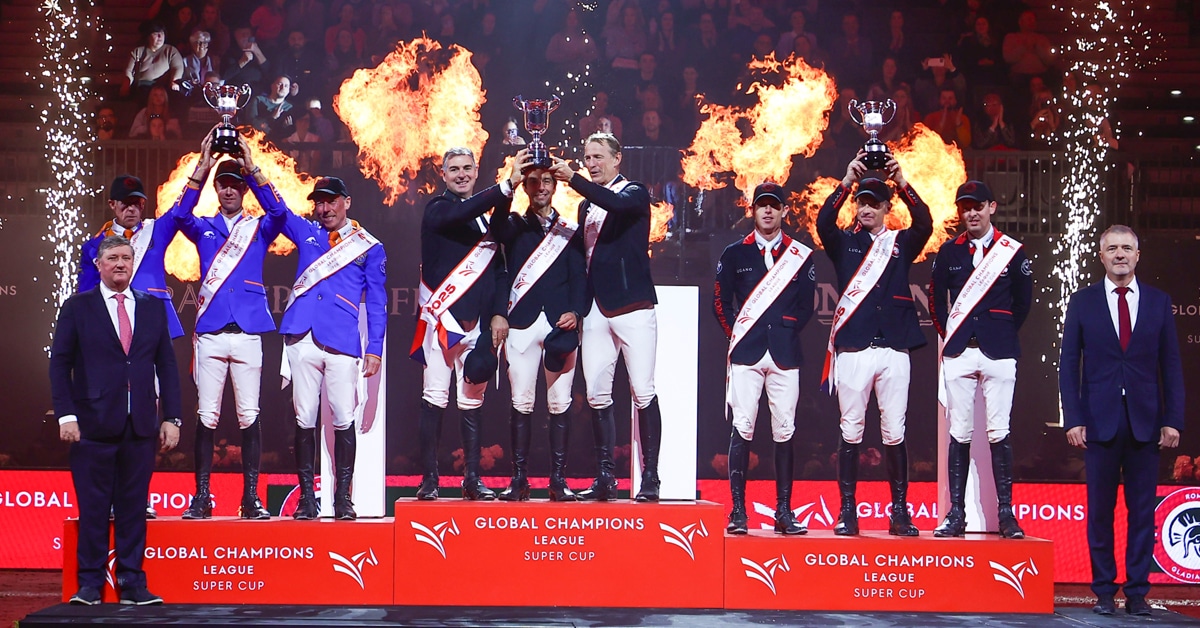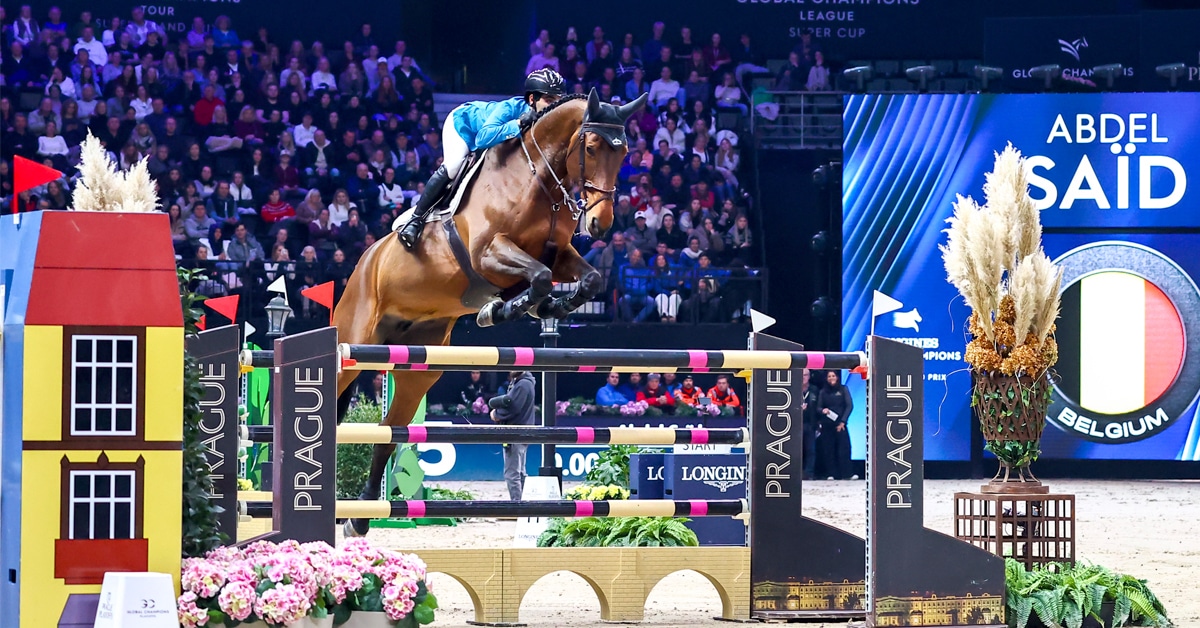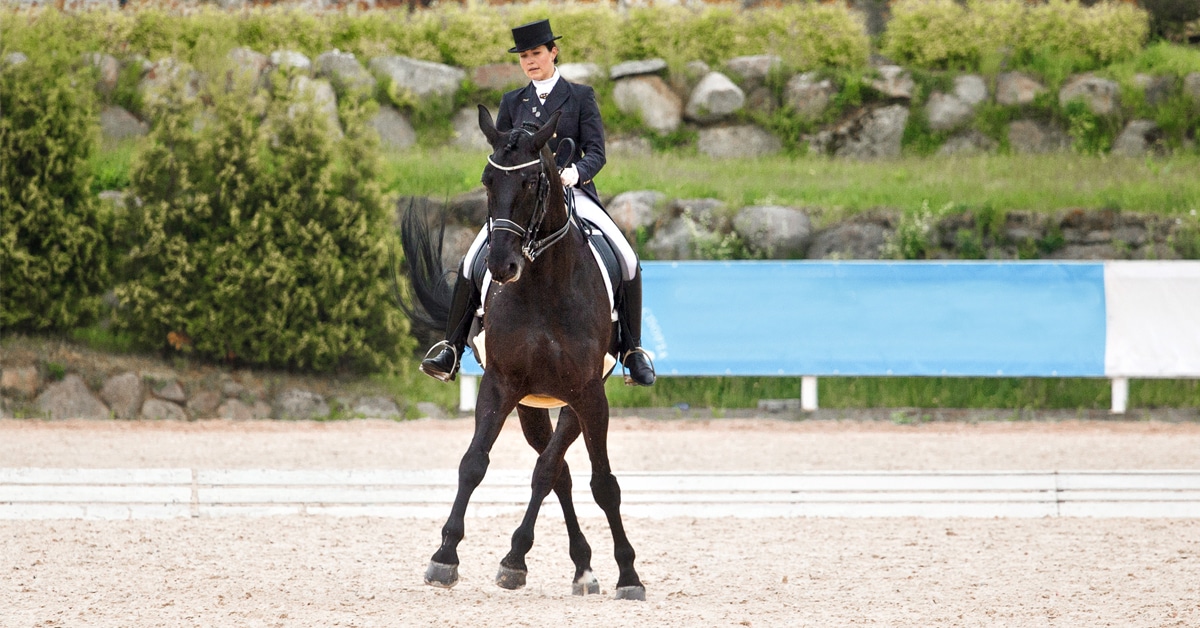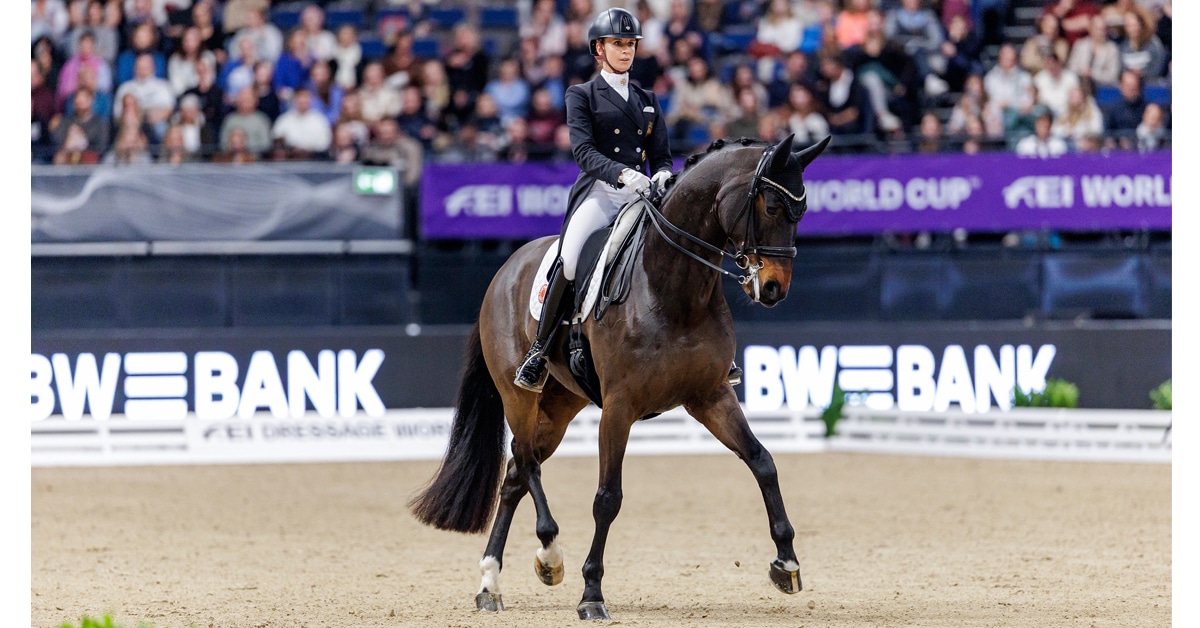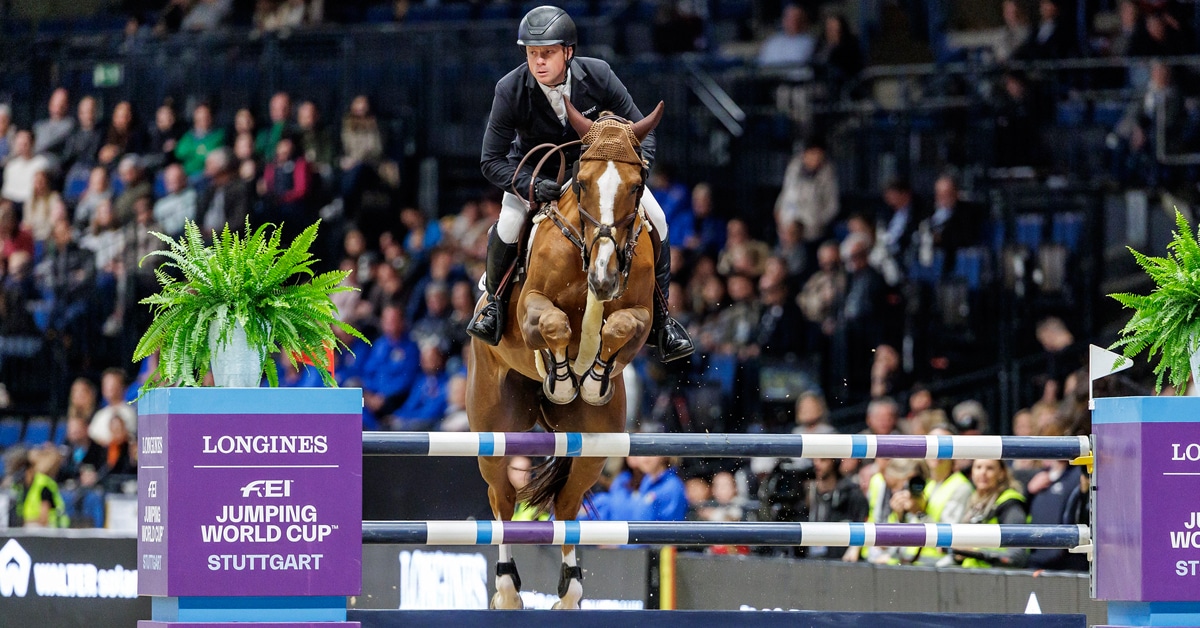The FEI’s dressage technical committee (DTC) has offered the possibility of experimental Grand Prix classes to be ridden in a snaffle bit next year.
The suggestion comes in rules revision documents released yesterday (October 17) ahead of next month’s FEI General Assembly in Abu Dhabi. It shows a slight shift in the DTC’s previous stance – although it rejects any immediate rule change over mandatory double bridles in upper level tests, notwithstanding the optics and growing public perception that double bridles are harsh.
The dressage document states (page 18): “The DTC suggests that this topic [double bridles] could be further evaluated during the 2025 season by encouraging organisers to include a special restricted class for athletes who wish to use the snaffle bridle in Grand Prix up to CDI 3* Level. Data from these studies would assist in the future assessment of the topic.”
The FEI’s annual rules revision process starts in March and has several stages of consultation. It seems likely that pushback from the Olympic Games in Paris, and the stakeholder crisis meeting earlier this month have influenced DTC discussion since the last round of consultation was published in August.
Sweden – whose national news media regularly headline dressage controversies – has regularly advocated the snaffle bridle. In this final stage, the Swedish equestrian federation stated: “We heard about pictures taken during the competition that showed blue tongues. As the FEI presented this news, both the media and the public reacted strongly.
“Obviously, it is practically impossible for athletes and officials to notice if a horse’s tongue turns blue during the competition, which makes it a challenge to do something about it in the moment. Therefore we must avoid such situations as much as we can.
“Considering this, we are once again asking the FEI to allow Athletes to ride in snaffle bridle, as we strongly believe it is in the best interest for the dressage sport.
“We also believe that making the double bridle optional and instead make it possible to adapt the equipment to each horse’s psychological and physical needs, is crucial to secure the public’s acceptance of the sport.
“The outside world’s reactions to what happened during the Olympics were very bad for the sport of dressage and we must do what we can to deserve and get their trust. ”
The DTC has also previously stated it would join in any multi-disciplinary round table to look at the double bridle and its possible modernisation, although there is no news of any such round table being set up.
DTC does, however, continue to insist that double bridles are a “sport” matter, not a “welfare” one, meaning they cannot be re-evaulated until 2026.
Despite the controversy now flowing around dressage, only two national federations (out of 136 belonging to the FEI) and two stakeholder groups offered opinions to this final raft of discussions. The other were the German national federation, the International Dressage Riders Club and the International Dressage Trainers, who all agreed with the DTC that double bridles were not a “welfare” matter and that change is not “urgent.”
More News

